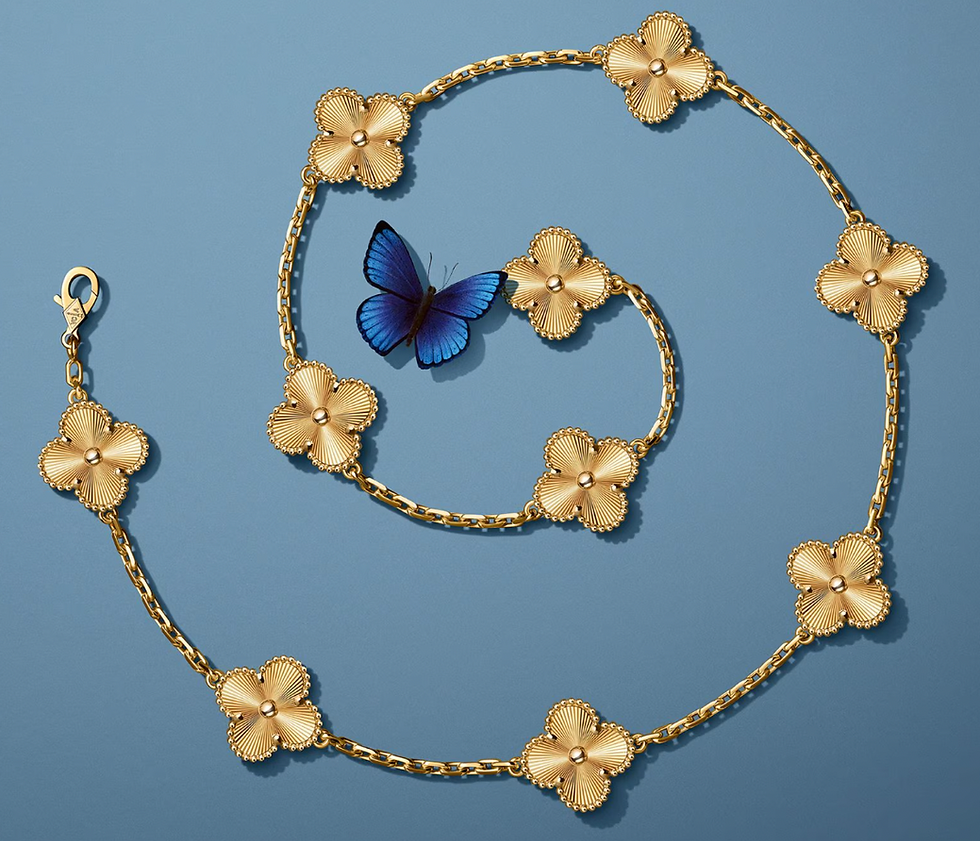The poetry of glass: René Lalique's vases, between Art Nouveau and Art Deco
- Evaluart

- Jun 24
- 3 min read
René Lalique (1860-1945) is recognized today as one of the undisputed masters of French artistic glass. While his name sometimes conjures up images of turn-of-the-century jewelry, it is truly in the field of glass - and more specifically vases - that his genius was fully expressed. A blend of technical innovation, innovative aesthetics and refined symbolism, René Lalique's vases have become prized collectors' items the world over.
At Evaluart, we offer free and confidential valuations of René Lalique's works, including his iconic vases. But before assessing their value, it's essential to understand their artistic and historical significance.

Trained as a jeweler, Lalique first worked in the luxury world, designing for Cartier before launching his own creations. Around 1890, he became one of the pillars of the Art Nouveau movement. The influence of nature - flowers, insects, foliage, female figures - permeates his work.
Trained as a jeweler, Lalique first worked in the world of luxury, designing for Cartier before launching his own creations. Around 1890, he became one of the pillars of the Art Nouveau movement. The influence of nature - flowers, insects, foliage, female figures - permeates his work.
In his vases, this influence takes on a new form: the motifs are often molded in relief, integrated into the mass of the glass, creating plays of light and shadow that evoke the translucence of the plant world. Among the most famous examples are the “Archers” vase (circa 1921), in which stylized male figures form a dynamic frieze, and the “Ceylon” vase (1924), decorated with stylized exotic parakeets, which has become a symbol of his work.
Lalique revolutionized glassmaking not only in aesthetics, but also in technique. Unlike the master glassmakers of the cane-blown tradition, he was an early adopter of press-molded glass, which enabled him to mass-produce complex shapes while maintaining a high level of craftsmanship. This approach makes his vases more accessible, while retaining a remarkable artistic rendering.

As the master's granddaughter, Marie-Claude Lalique, explains in Lalique, le maître du rêve (Éditions du Regard, 1991), "René Lalique knew how to combine art and industry, without ever taking the easy way out. Each piece bears the creator's exacting standards.
His use of opalescent glass, satin-finish glass and colored patinas gives each vase a unique visual depth. These effects are sometimes reminiscent of precious stone or alabaster, giving glass an almost mystical materiality.
While Lalique's first vases were clearly Art Nouveau, with their curved lines and dreamlike naturalism, the 1920s marked a turning point towards Art Deco. Shapes became more geometric, motifs more stylized.
The 1925 International Exhibition of Decorative Arts in Paris, where Lalique exhibited numerous pieces, marked this evolution. As critic Philippe Garner points out in Lalique (Thames & Hudson, 1988), “Lalique embodies the transition between two aesthetic worlds: he was able to retain the poetry of Art Nouveau while adapting to the modern rigor of Art Deco.”
This ability to adapt makes his vases particularly interesting to collectors, as they reflect several stylistic periods while remaining consistent in their craftsmanship.
Vases by René Lalique regularly feature in the catalogs of major auction houses such as Sotheby's, Christie's and Artcurial. Their value varies according to model, rarity, state of preservation and the presence or absence of the R. Lalique signature. Lalique signature (affixed before 1945).
For example, a “Cactus” vase (circa 1928) in opalescent glass can fetch over €10,000 at auction, while rarer models, such as the “Serpent” vase, can fetch much higher sums.
So if you own a vase signed by or attributed to Lalique, it's crucial to have the piece appraised by a competent expert.

At Evaluart, we put at your disposal a team of experts specialized in 20th century decorative arts. We offer free, confidential, no-obligation appraisals of your works of art, including vases by René Lalique.
Our approach combines stylistic analysis, signature study, model documentation and in-depth knowledge of the current market.
Do you own a Lalique vase? Send us photos and dimensions via our online form. Within 48 hours, you'll receive a professional estimate of its value.
For further information
Marie-Claude Lalique, Lalique, le maître du rêve, Éditions du Regard, 1991.
Philippe Garner, Lalique, Thames & Hudson, 1988.
Félix Marcilhac, René Lalique - Catalogue Raisonné de l'Oeuvre de Verre, Éditions de l'Amateur, 2011.
Lalique et le verre" exhibition, Musée Lalique, Wingen-sur-Moder, permanent.
At Evaluart, we believe that every work of art deserves a quality appraisal - and that every owner deserves to know the true value of their estate.



Comments